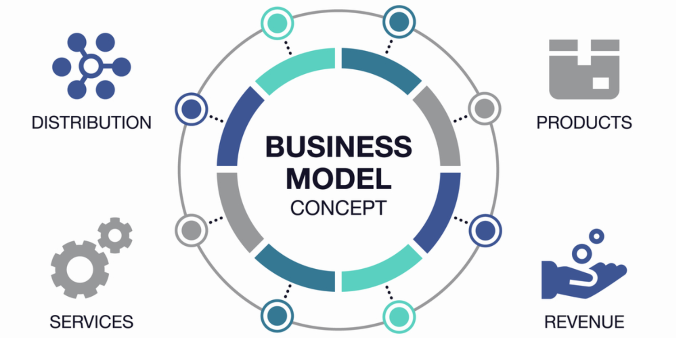
Scaling a business is the process of increasing its capacity to handle a growing amount of work or its potential to accommodate growth. Building a scalable business model is crucial for long-term success and profitability. It involves creating a framework that allows for expansion without a proportional increase in costs. This blog will explore the key elements of building a scalable business model and provide actionable insights to help you achieve sustainable growth.
Understanding Scalability
Scalability refers to a business’s ability to grow and manage increased demand without compromising performance or losing revenue potential. A scalable business can handle growth efficiently, maintain or improve profit margins, and adapt to changing market conditions. To build a scalable business model, consider the following essential components:
Key Components of a Scalable Business Model
1. Strong Value Proposition
A clear and compelling value proposition is the foundation of a scalable business model. It defines what makes your product or service unique and why customers should choose you over competitors. A strong value proposition attracts customers and sets the stage for growth.
2. Streamlined Operations
Efficient and streamlined operations are critical for scalability. This involves optimizing processes, reducing waste, and implementing automation where possible. By standardizing operations, businesses can maintain consistency and quality as they grow.
3. Technology and Automation
Leveraging technology is essential for scalability. Implementing scalable software solutions, cloud computing, and automation tools can help manage increased workloads without a proportional increase in labor costs. Technologies like artificial intelligence, machine learning, and data analytics can also provide insights for informed decision-making.
4. Scalable Infrastructure
Investing in scalable infrastructure ensures that your business can support growth. This includes flexible IT systems, scalable supply chains, and adaptable physical spaces. Scalable infrastructure allows you to expand capacity without significant disruptions or additional costs.
5. Financial Management
Effective financial management is crucial for sustaining growth. This involves maintaining healthy cash flow, controlling costs, and planning for future financial needs. Access to funding, whether through reinvested profits, loans, or investor capital, is also vital for scaling operations.
6. Talent Acquisition and Development
As your business grows, so does the need for skilled employees. Building a scalable business model requires a strategy for attracting, retaining, and developing talent. This includes creating a positive work culture, offering competitive compensation, and providing opportunities for professional growth.
7. Market Adaptability
A scalable business model is adaptable to changing market conditions. This involves staying attuned to market trends, customer preferences, and emerging opportunities. Being able to pivot or diversify offerings in response to market changes is key to sustaining growth.
8. Customer Acquisition and Retention
Effective strategies for customer acquisition and retention are essential for scalability. This includes leveraging digital marketing, building strong customer relationships, and providing exceptional customer service. Loyal customers are more likely to advocate for your brand and contribute to sustained growth.
Steps to Build a Scalable Business Model
1. Define Your Vision and Goals
Start by clearly defining your long-term vision and growth goals. Understand where you want your business to be in the future and set measurable milestones to track progress.
2. Develop a Scalable Business Plan
Create a business plan that outlines your strategy for growth. This should include market analysis, operational plans, financial projections, and risk management strategies. A scalable business plan serves as a roadmap for achieving your growth objectives.
3. Invest in Technology
Identify technologies that can support your growth and invest in scalable solutions. This includes customer relationship management (CRM) systems, enterprise resource planning (ERP) software, and other tools that enhance efficiency and productivity.
4. Optimize Processes
Continuously evaluate and optimize your business processes. Look for opportunities to streamline operations, eliminate bottlenecks, and improve efficiency. Process optimization ensures that your business can handle increased demand without compromising quality.
5. Focus on Customer Experience
Prioritize delivering an exceptional customer experience. Understand your customers’ needs, gather feedback, and continuously improve your products or services. Happy customers are more likely to become repeat buyers and brand advocates.
6. Build Strategic Partnerships
Form strategic partnerships with other businesses to expand your reach and capabilities. Collaborations can provide access to new markets, resources, and expertise that support scalable growth.
7. Monitor and Adjust
Regularly monitor your business performance and be prepared to adjust your strategies as needed. Use data analytics to gain insights into your operations and market trends. Being proactive and adaptable is key to sustaining scalability.
Conclusion
Building a scalable business model requires careful planning, strategic investments, and a focus on efficiency and adaptability. By creating a strong value proposition, leveraging technology, optimizing processes, and prioritizing customer experience, businesses can achieve sustainable growth and long-term success. Whether you are a startup or an established company, implementing these principles will help you build a scalable business model that can thrive in an ever-changing market landscape.

